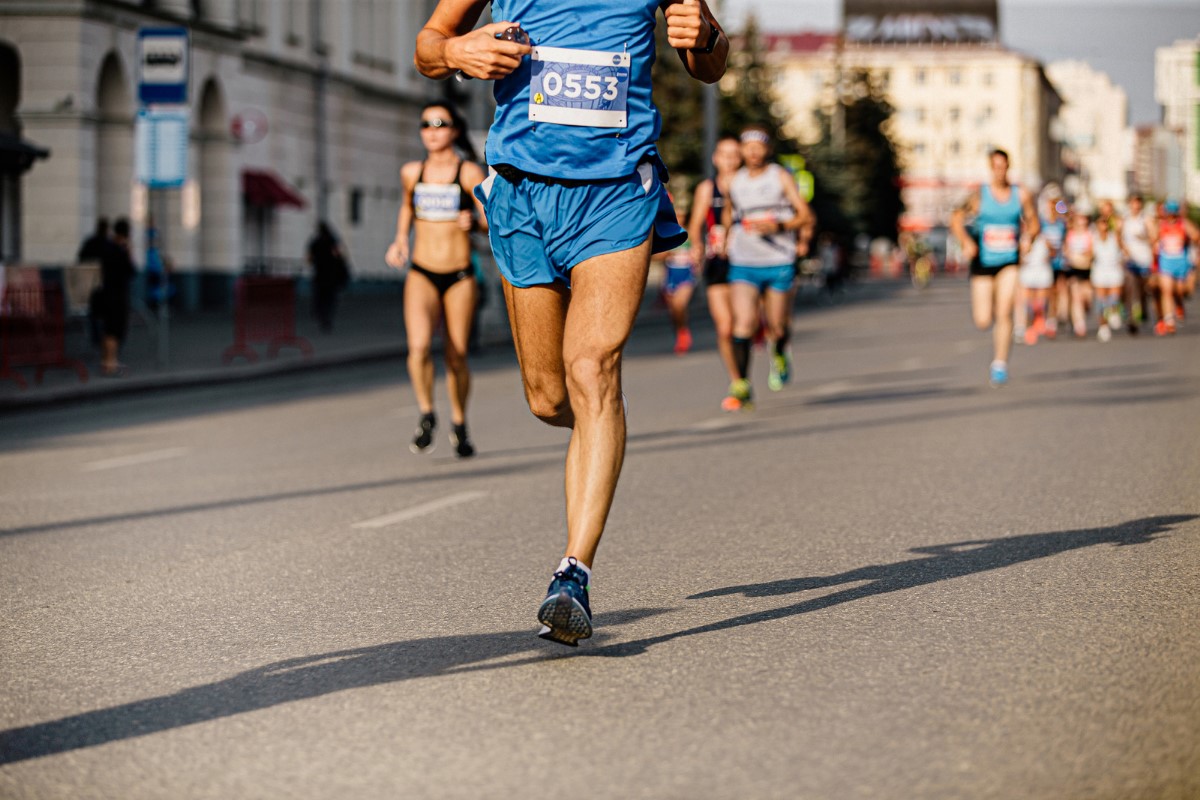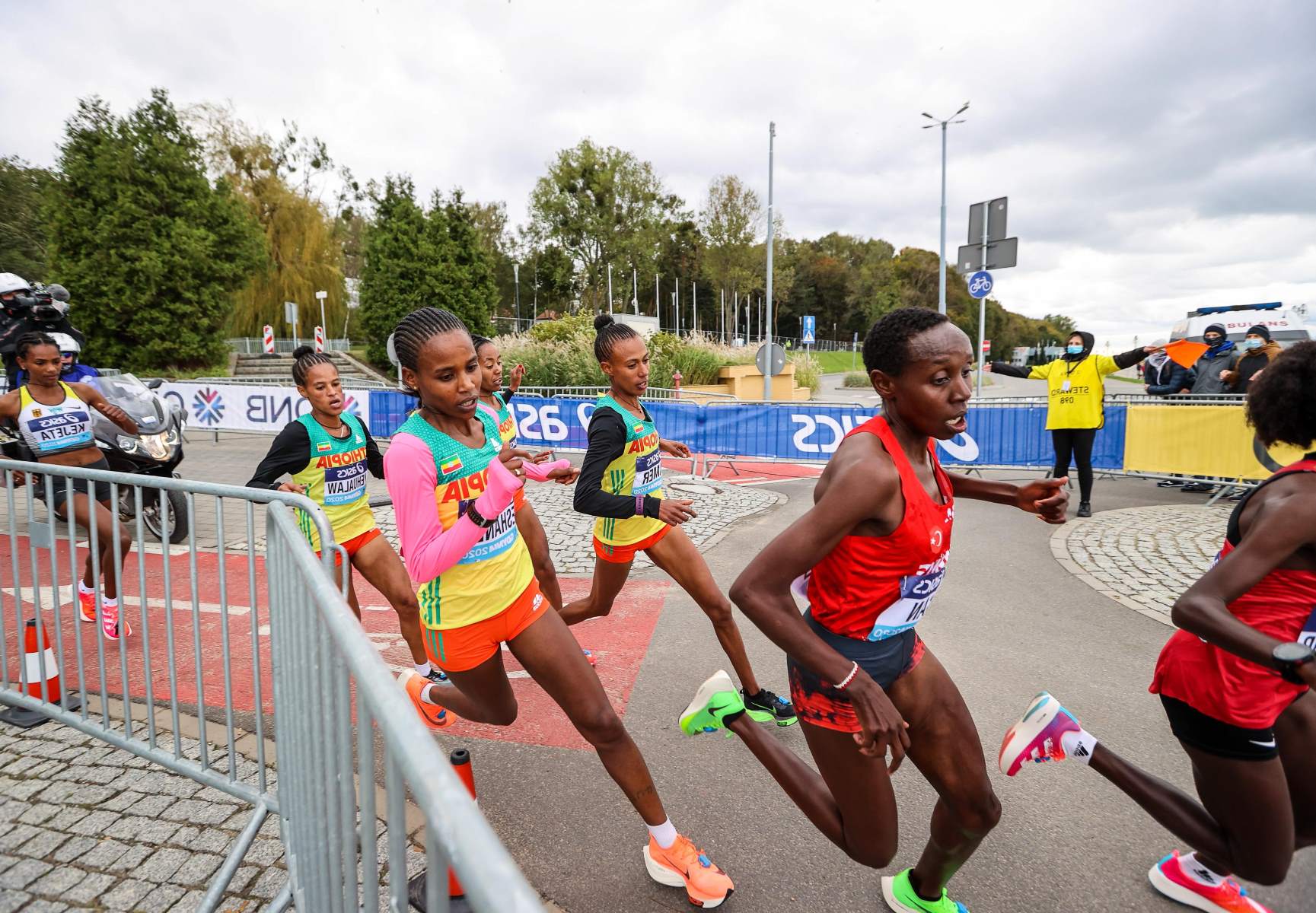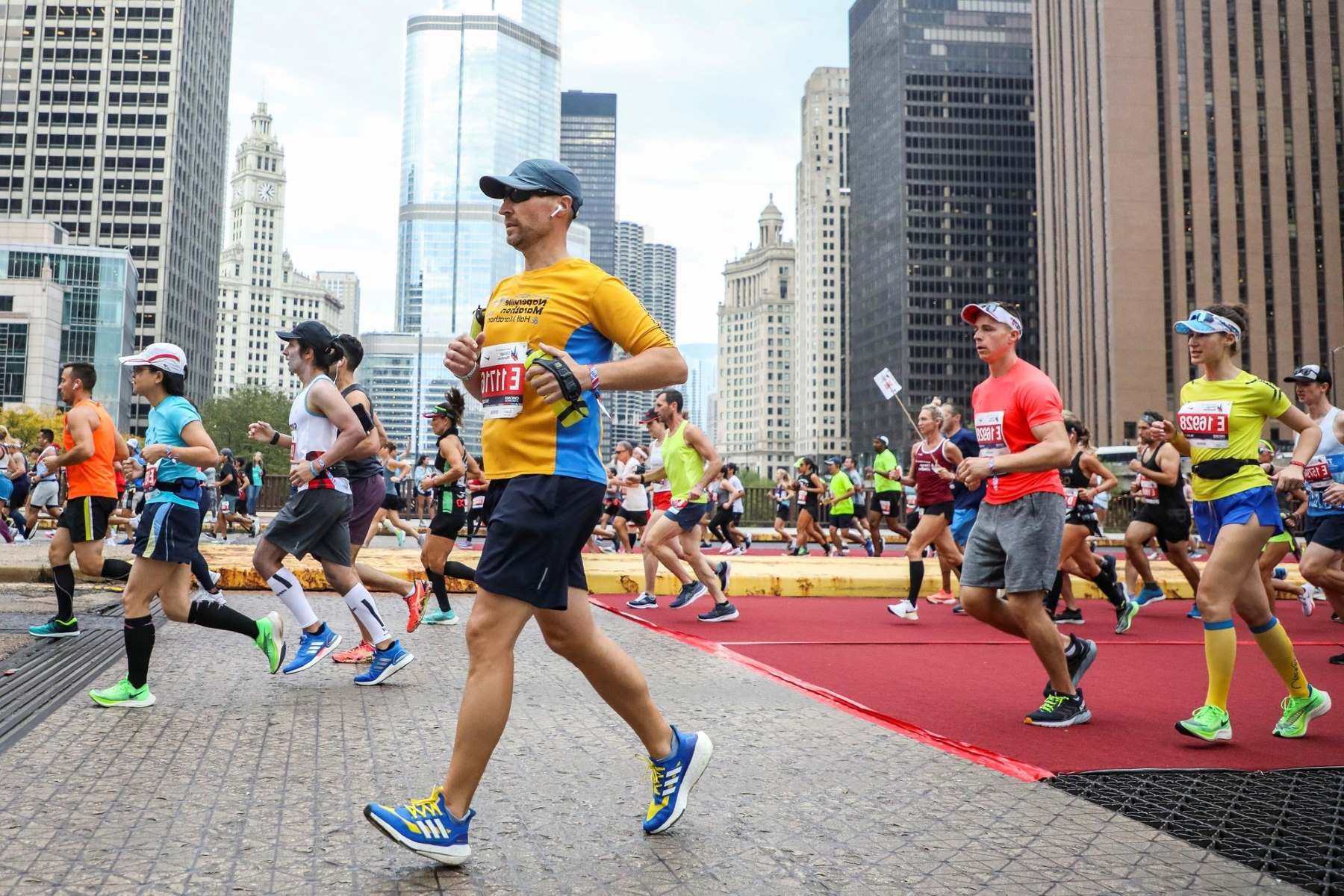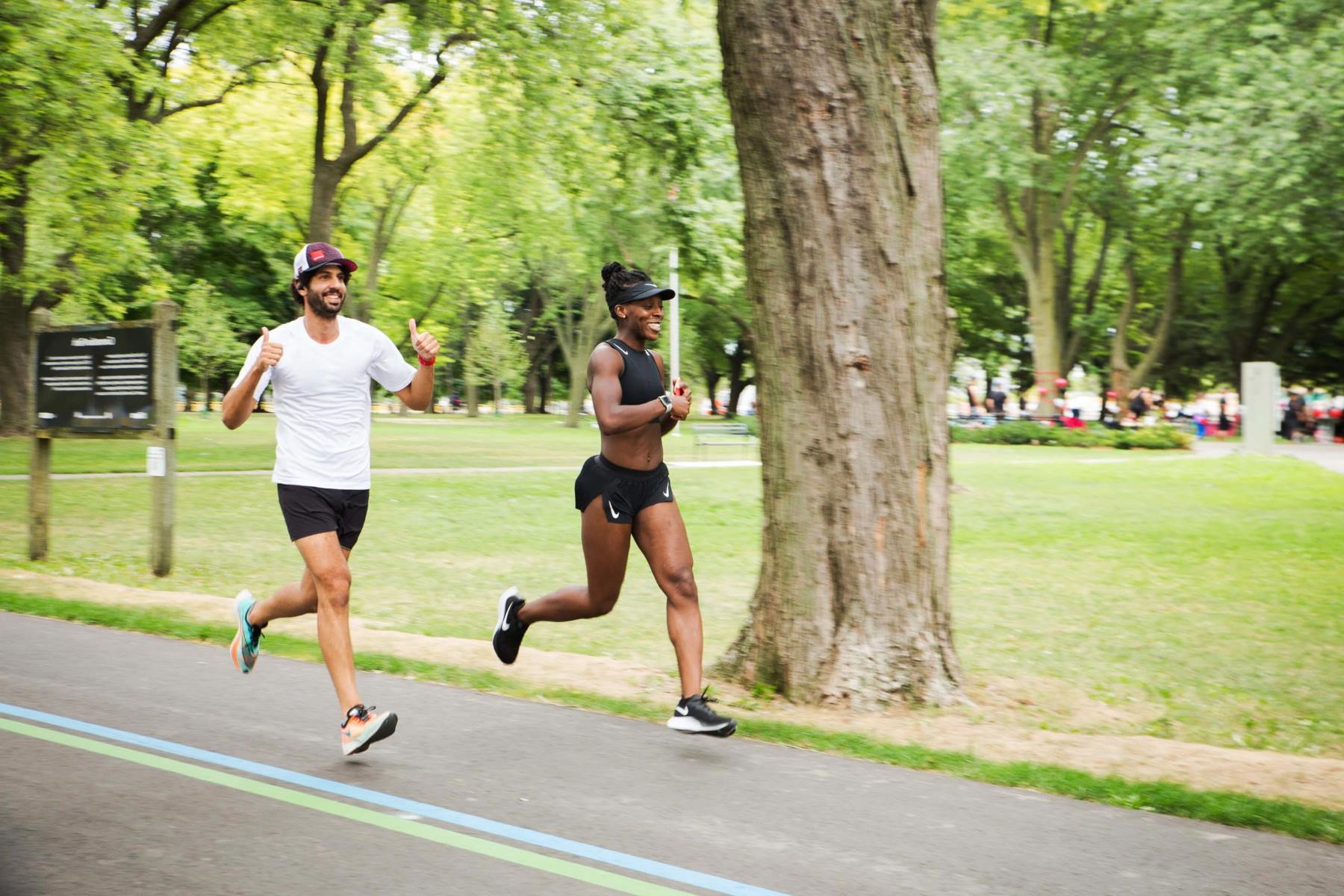Home>Training & Techniques>Tips From Jake Wightman On How To Run A Fast Kilometre
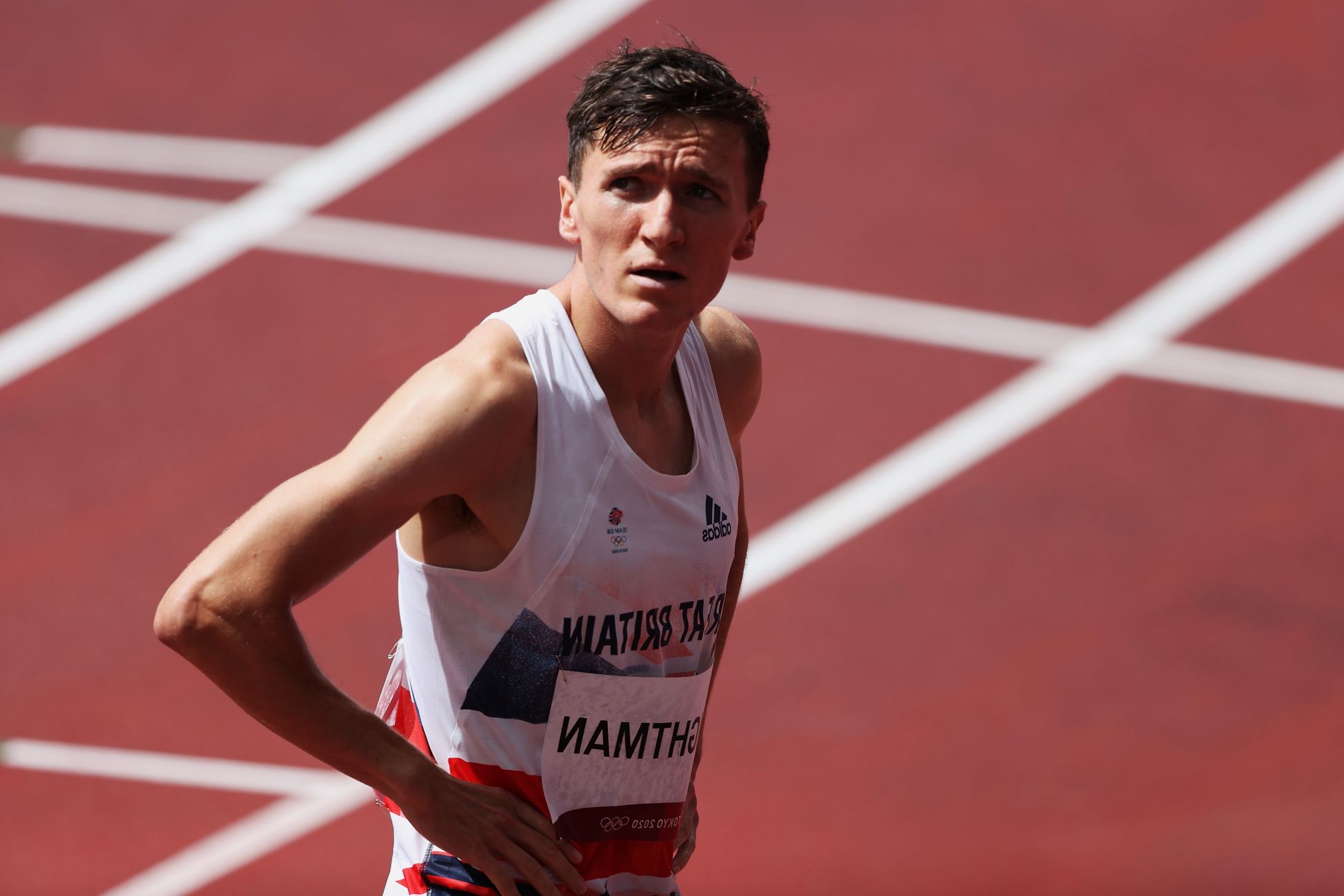

Training & Techniques
Tips From Jake Wightman On How To Run A Fast Kilometre
Published: March 3, 2024
Learn valuable training and techniques from Jake Wightman to improve your kilometer running speed. Enhance your performance with expert tips and advice.
(Many of the links in this article redirect to a specific reviewed product. Your purchase of these products through affiliate links helps to generate commission for Therunningadvisor.com, at no extra cost. Learn more)
Table of Contents
Introduction
Running a fast kilometre requires a combination of physical prowess, mental fortitude, and strategic training. Whether you're a seasoned athlete or a novice runner, the pursuit of achieving a swift kilometre time demands dedication and a comprehensive approach to training. In this article, we will delve into the key strategies and insights shared by renowned middle-distance runner Jake Wightman, offering valuable tips to help you enhance your performance and achieve your personal best.
As we explore the intricacies of running a fast kilometre, it's essential to recognize that this distance demands a unique blend of speed, endurance, and tactical acumen. Unlike longer races, such as the 5K or marathon, the kilometre race necessitates a rapid yet controlled pace from start to finish. This makes it a compelling challenge for runners seeking to push their limits and test their speed capabilities within a condensed timeframe.
Throughout this article, we will uncover the significance of pacing, the benefits of interval training, the importance of proper form and technique, the role of mental preparation, and the indispensable nature of recovery and rest in optimizing performance. By delving into these critical aspects, you will gain valuable insights that can propel your journey toward running a faster kilometre time.
With the guidance and expertise of Jake Wightman, a prominent figure in the world of middle-distance running, we will unravel the nuanced strategies and training methodologies that have contributed to his success on the track. By assimilating these insights into your own training regimen, you can elevate your performance, overcome obstacles, and strive for new personal bests in the exhilarating pursuit of running a fast kilometre.
Read more: How To Fix Muscle Imbalances In Running
Understanding the importance of pacing
Pacing is a fundamental aspect of running a fast kilometre, serving as a cornerstone for achieving optimal performance. The ability to maintain a consistent and controlled speed throughout the race is pivotal in maximizing efficiency and minimizing fatigue. When it comes to the kilometre distance, precision in pacing is particularly crucial due to the condensed nature of the race.
Effective pacing involves striking a delicate balance between exertion and conservation of energy. It requires a keen understanding of one's physical capabilities and the capacity to gauge the appropriate speed for each phase of the race. Commencing the kilometre with an overly aggressive pace can lead to premature exhaustion, while starting too conservatively may result in missed opportunities to capitalize on momentum.
By mastering the art of pacing, runners can harness their energy reserves strategically, ensuring that they have ample strength and endurance to propel them through the final stretch of the race. This calculated approach not only optimizes performance but also minimizes the risk of hitting a performance plateau or succumbing to burnout before reaching the finish line.
Furthermore, pacing plays a pivotal role in mental fortitude, instilling a sense of confidence and control in the runner. When a runner maintains a steady and manageable pace, it fosters a psychological advantage, instilling a sense of assurance and composure that is conducive to sustained performance.
In essence, pacing is not merely about maintaining a consistent speed; it embodies a holistic strategy that encompasses physical, mental, and tactical elements. It is the linchpin that harmonizes the body's physiological responses with the demands of the race, culminating in a synchronized and efficient display of athleticism.
As we navigate the intricacies of pacing, it becomes evident that this fundamental principle underpins the very essence of running a fast kilometre. It is a dynamic interplay of physical prowess, mental acuity, and strategic finesse, converging to orchestrate a symphony of speed and endurance. By embracing the significance of pacing and honing this essential skill, runners can unlock their full potential and strive for remarkable achievements in the pursuit of running a swift kilometre.
Incorporating interval training into your routine
Interval training stands as a cornerstone of effective preparation for running a fast kilometre. This structured approach to training involves alternating between intense bursts of exertion and periods of active recovery, enabling runners to enhance their speed, endurance, and overall performance. By integrating interval training into your routine, you can unleash your full potential and elevate your capabilities as a kilometre runner.
The essence of interval training lies in its ability to challenge the body's physiological thresholds while fostering adaptation and improvement. Through repeated cycles of high-intensity efforts followed by brief recovery intervals, runners can stimulate cardiovascular and muscular adaptations that are conducive to enhanced performance. This targeted approach not only cultivates greater cardiovascular efficiency but also bolsters the body's capacity to withstand the rigors of intense exertion, a crucial asset in the context of running a fast kilometre.
One of the hallmark benefits of interval training is its versatility, offering a diverse array of workout structures that cater to varying fitness levels and training objectives. Whether you are a seasoned athlete or a novice runner, interval training can be tailored to accommodate your specific needs, enabling you to progressively challenge and elevate your capabilities. From short, explosive sprints to longer, sustained intervals, the flexibility of interval training empowers runners to tailor their workouts in alignment with their current fitness level and performance goals.
Moreover, interval training serves as a potent catalyst for elevating speed and anaerobic capacity, both of which are pivotal in the context of running a fast kilometre. By subjecting the body to brief yet intense bouts of exertion, runners can enhance their ability to generate and sustain high speeds, a critical attribute in the pursuit of a swift kilometre time. Additionally, the anaerobic nature of interval training cultivates resilience in the face of lactic acid accumulation, enabling runners to push beyond their perceived limits and maintain a formidable pace throughout the race.
Incorporating interval training into your routine also fosters mental fortitude and resilience, attributes that are indispensable in the realm of competitive running. The structured nature of interval workouts cultivates a mindset of perseverance and determination, instilling a sense of confidence and tenacity that transcends the physical realm. As runners navigate the demanding intervals, they hone their mental resilience, fortifying their capacity to endure discomfort and sustain peak performance, a valuable asset in the pursuit of running a fast kilometre.
In essence, interval training represents a potent vehicle for enhancing speed, endurance, and mental fortitude, making it an indispensable component of a comprehensive training regimen for running a fast kilometre. By embracing the structured challenges and adaptive stimuli offered by interval training, runners can fortify their physical and mental capabilities, propelling themselves toward new heights of performance and achievement on the track.
Focusing on proper form and technique
Focusing on proper form and technique is paramount in the pursuit of running a fast kilometre. The intricate interplay of biomechanics, posture, and stride dynamics significantly influences a runner's efficiency, speed, and resilience. By honing and refining these fundamental elements, runners can optimize their performance, mitigate the risk of injury, and unlock their full potential on the track.
At the core of proper form and technique lies the alignment of the body, encompassing the positioning of the head, shoulders, torso, arms, and legs. Maintaining an upright posture with a slight forward lean facilitates optimal propulsion and minimizes energy wastage. This alignment not only enhances aerodynamic efficiency but also fosters a harmonious distribution of muscular effort, enabling runners to channel their energy toward propelling themselves forward with maximum efficacy.
Furthermore, the coordination of arm movement and stride dynamics plays a pivotal role in optimizing running efficiency. The arms act as counterbalances to the lower body, facilitating a rhythmic and coordinated motion that complements the propulsion generated by the legs. By maintaining a relaxed yet purposeful arm swing, runners can harness the kinetic energy generated by their upper body, translating it into forward momentum and augmenting their overall speed.
In addition to posture and arm movement, the mechanics of the foot strike and stride length are instrumental in optimizing running performance. Striking a delicate balance between stride length and cadence is essential, as it influences the distribution of impact forces and the efficiency of forward propulsion. By cultivating a swift yet controlled cadence and optimizing stride length to suit individual biomechanics, runners can minimize ground contact time and maximize the generation of propulsive force, thereby enhancing their speed and efficiency.
Moreover, the cultivation of proper running form and technique extends beyond the physical realm, encompassing mental focus and proprioceptive awareness. By fostering mindfulness and attentiveness to one's body mechanics, runners can refine their movement patterns, identify inefficiencies, and make real-time adjustments to optimize their running mechanics. This heightened kinesthetic awareness empowers runners to fine-tune their form, rectify imbalances, and cultivate a fluid and efficient running style that is conducive to achieving a fast kilometre time.
In essence, focusing on proper form and technique transcends the realm of mere physicality; it embodies a holistic fusion of biomechanics, mindfulness, and kinesthetic finesse. By prioritizing the refinement of running mechanics and posture, runners can elevate their performance, reduce the risk of injury, and cultivate a fluid and efficient running style that propels them toward new heights of speed and endurance.
The role of mental preparation in running a fast kilometre
The significance of mental preparation in the context of running a fast kilometre cannot be overstated. While physical conditioning undoubtedly plays a pivotal role in performance, the mental fortitude and resilience of a runner are equally instrumental in determining success on the track. The pursuit of a swift kilometre time demands a profound convergence of physical prowess and mental acuity, underscoring the indispensable role of mental preparation in optimizing performance.
At its essence, mental preparation encompasses a spectrum of psychological strategies and mindsets that empower runners to navigate the rigors of the race with confidence, focus, and determination. It transcends mere positive thinking; it embodies a holistic approach to mental conditioning that equips runners with the tools to confront challenges, endure discomfort, and sustain peak performance throughout the race.
One of the cornerstone elements of mental preparation is visualization, a potent technique that enables runners to mentally rehearse the race, envisioning themselves executing each phase with precision and determination. By immersing themselves in vivid mental imagery of the race, runners cultivate a sense of familiarity and readiness, priming their minds to confront the demands of the kilometre with composure and resolve.
Moreover, mental preparation encompasses the cultivation of a resilient and adaptive mindset, one that enables runners to confront adversity and discomfort with unwavering determination. The ability to embrace discomfort, reframe challenges as opportunities for growth, and maintain a positive yet tenacious outlook is pivotal in sustaining performance and resilience throughout the race.
In addition, the role of mental preparation extends to the management of race-day nerves and pre-race jitters. By harnessing mindfulness and relaxation techniques, runners can mitigate the impact of pre-race anxiety, fostering a state of calm and focused readiness that is conducive to optimal performance.
Furthermore, mental preparation encompasses the cultivation of a race-specific mindset, one that enables runners to embrace the intensity and demands of the kilometre with unwavering determination and focus. By fostering a mindset of resilience, adaptability, and unwavering determination, runners can confront the challenges of the race with composure and tenacity, propelling themselves toward new heights of performance and achievement.
In essence, the role of mental preparation in running a fast kilometre transcends the realm of mere positive thinking; it embodies a comprehensive approach to psychological conditioning that equips runners with the resilience, focus, and determination to optimize their performance and achieve their personal best on the track. By embracing the nuances of mental preparation, runners can fortify their mental fortitude, cultivate a race-ready mindset, and propel themselves toward remarkable achievements in the exhilarating pursuit of running a swift kilometre.
Read more: Mo Farah’s Speed: How Fast Does He Run?
Recovery and rest: essential components for success
Recovery and rest stand as indispensable pillars in the pursuit of running a fast kilometre, wielding profound influence over a runner's performance, resilience, and long-term success. The rigors of training and the demands of competitive racing exert a significant toll on the body, underscoring the critical need for strategic recovery and adequate rest to optimize physical and mental readiness.
Central to the concept of recovery is the body's capacity to repair, adapt, and rejuvenate in response to the physiological stress incurred during training and racing. This intricate process encompasses the restoration of depleted energy stores, the repair of muscular microtrauma, and the recalibration of physiological systems that govern performance. By prioritizing recovery, runners can expedite the restoration of their physical capacities, enabling them to approach subsequent training sessions and races with heightened readiness and vigor.
Strategic recovery strategies encompass a spectrum of modalities, including active recovery, passive rest, nutrition, hydration, and targeted interventions such as massage and foam rolling. Active recovery, characterized by low-intensity exercise and mobility work, promotes circulation, enhances muscular recovery, and mitigates the onset of stiffness and soreness. Conversely, passive rest, encompassing adequate sleep and periods of physical inactivity, enables the body to engage in profound physiological restoration, fostering the repair of tissues and the replenishment of energy reserves.
Nutrition and hydration play a pivotal role in the recovery process, serving as catalysts for muscular repair, glycogen replenishment, and overall physiological restoration. By prioritizing a balanced and nutrient-dense diet, runners can optimize the body's capacity to recover and adapt, fortifying their resilience and readiness for subsequent training and racing endeavors.
Furthermore, the cultivation of mental recovery stands as a crucial dimension in the pursuit of running a fast kilometre. The demands of training and racing can exert a profound toll on a runner's mental acuity and emotional well-being, underscoring the critical need for periods of mental rest and rejuvenation. Engaging in activities that foster relaxation, mindfulness, and emotional restoration enables runners to recalibrate their mental fortitude, enhancing their capacity to confront challenges with composure and resilience.
In essence, recovery and rest are not mere luxuries; they are essential components that underpin a runner's capacity to thrive and excel in the pursuit of running a fast kilometre. By embracing strategic recovery modalities, nurturing the body with adequate rest, and prioritizing mental rejuvenation, runners can fortify their physical and mental readiness, propelling themselves toward new heights of performance and achievement on the track.


